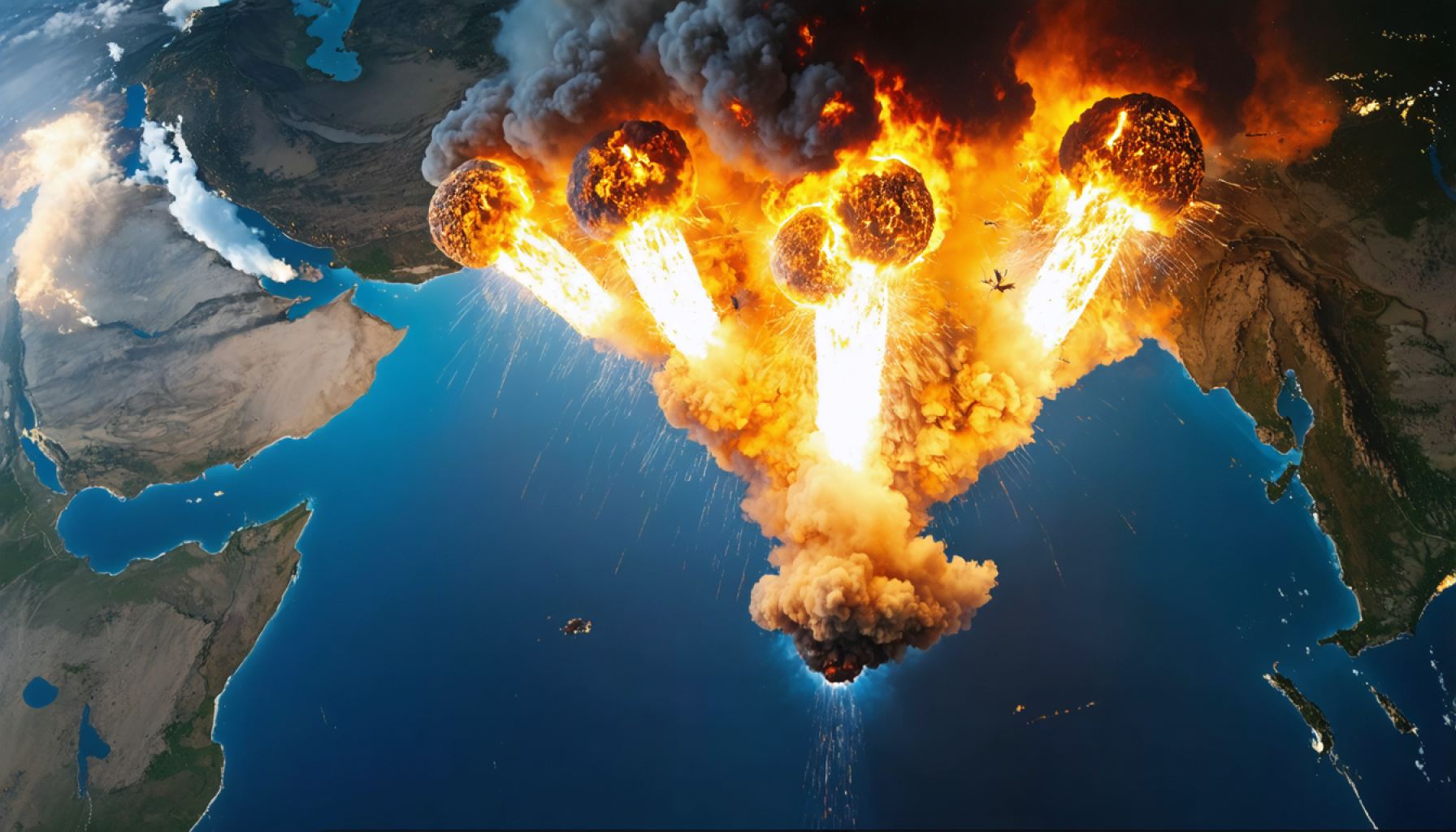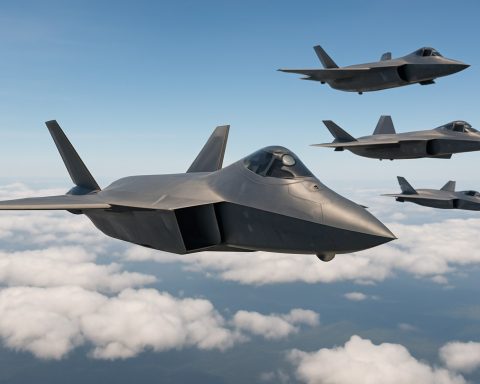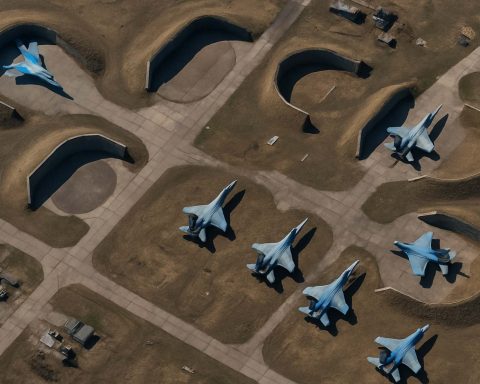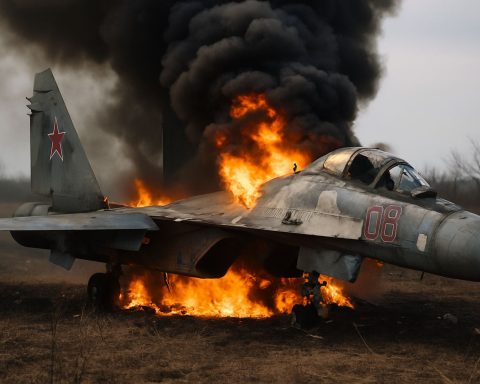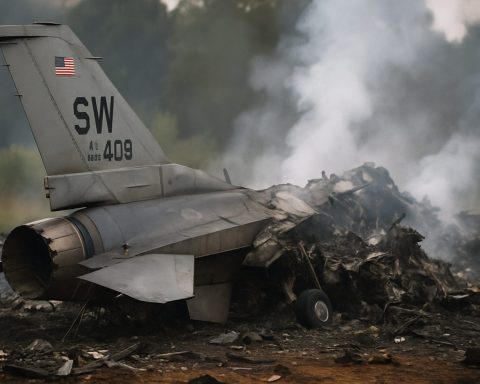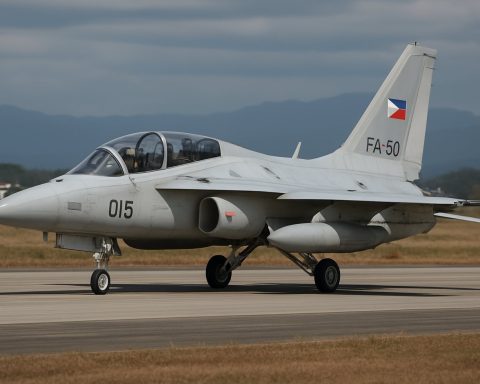- The Iron Dome system, a technological marvel, plays a critical role in Israel’s defense, intercepting rockets from the Gaza Strip.
- In the Negev Desert community of Re’im, the Iron Dome’s rapid response to incoming threats highlights its precision and strategic importance.
- Residents find a sense of security in the Iron Dome, though it symbolizes ongoing regional tensions and hostilities.
- The Iron Dome’s success reflects human ingenuity and the pursuit of peace amidst persistent conflict.
- The efforts to protect lives in such a conflict-prone region serve as a testament to resilience, vigilance, and hope for peace.
As the sun cast long shadows across the Negev Desert, a sudden, high-pitched alarm shattered the serene afternoon in the small Israeli community of Re’im. It was a clarion call of danger, signaling that yet again, tensions in the Middle East were reverberating across the quiet skies. In a swift, almost seamless display of technological prowess and military precision, the Israeli Air Force’s Iron Dome system sprang into action, its operators working like artisans of defense.
Above the sun-drenched sand and the whispering wind, an uninvited guest—a rocket launched from the Gaza Strip—penetrated Israeli airspace. This incoming threat, charred and menacing, had its trajectory meticulously calculated. Within moments, an interceptor missile surged upward with a purpose all its own. The skies transformed into a theater of war, unseen forces clashing at heart-stopping speeds. And then, just like that, the ghost of the rocket disintegrated in a blossom of smoke and flame, a reminder of the ever-present, unseen battles waging between earthen borders.
Behind this dramatic aerial ballet lies a broader narrative, whispered across the towns and cities of a region perennially on edge. The Iron Dome, often lauded as a marvel of military technology, is the resilient shield that Israel relies on amid ongoing tensions. It is a beacon of safety for many residing under tumultuous skies and a testament to innovation and strategic foresight on the part of its creators.
In places like Re’im, the Iron Dome is not merely comprised of metal and electronics; it is a symbol—a guardian that imposes a fragile layer of security over those who hear the wailing sirens with increasing regularity. For some, it’s a mark of resilience, for others, an emblem of the region’s deeply entrenched hostilities.
As the skies over Re’im returned to their endless blue, a collective sigh of relief rippled among the residents, some of whom went back to their daily chores, enlivened by the shared knowledge of having been safeguarded once more. Yet, the shadow of conflict remains a persistent reminder that peace is as elusive as the desert wind.
In these tales of defense and survival lies a key message: the ceaseless efforts to safeguard lives in a region defined by its conflicts. It is a reminder of the triumph of human ingenuity over chaos, a testament to vigilance, and the enduring hope for moments of peace amidst the echoes of discord.
The Iron Dome’s Role in Middle Eastern Security: How Technology Mitigates Conflict
Iron Dome: Features and Capabilities
The Iron Dome is a missile defense system primarily designed to intercept and destroy short-range rockets and artillery shells fired from distances of 4 to 70 kilometers away. Developed by Israel’s Rafael Advanced Defense Systems in collaboration with Raytheon, this multi-mission system has become a cornerstone of Israeli defense strategy.
– Components: The Iron Dome consists of three main components:
1. Detection and Tracking Radar: Locates and follows the trajectory of incoming rockets.
2. Battle Management and Weapon Control (BMC): Calculates the estimated impact point and determines whether the threat is in a populated area.
3. Missile Firing Unit: Launches interceptor missiles to neutralize threats before they can cause harm.
Real-World Use Cases
1. Protection of Urban Areas: The Iron Dome has been crucial in safeguarding cities like Ashkelon and Sderot, which are frequently targeted by rocket fire from the Gaza Strip. By intercepting over 90% of threats to populated areas, it significantly reduces civilian casualties and infrastructure damage.
2. Military Strategy: Beyond immediate defense, the system allows Israel to strategize military responses without the immediate pressure of dealing with rocket attacks, offering a buffer to strategize offensive or diplomatic actions.
Market Forecasts and Industry Trends
1. Global Interest: Countries facing similar threats are evaluating the Iron Dome for purchase or partnership. The United States, South Korea, and India have expressed interest in adopting similar systems.
2. Technological Enhancements: Research and development are ongoing to increase the system’s range and intercept capabilities, particularly against drones and low-flying threats.
Reviews and Comparisons
– Pros: High interception success rate, scalable deployments, and mobile units make it versatile for various geopolitical landscapes.
– Cons: Costly to operate, requiring substantial financial investment for each interceptor missile. There are also occasional debates about its reliability against multiple salvos of incoming missiles.
Controversies and Limitations
1. Financial Costs: Each Iron Dome interceptor costs between $50,000 to $100,000, which accumulates quickly during periods of high conflict, burdening the defense budget.
2. Security Concerns: While effective against traditional threats, advancements in missile technology pose challenges to its interceptions, requiring continuous updates and adaptations.
Insights and Predictions
– With growing regional and global tensions, missile defense systems will continue to see investment and innovation. The Iron Dome is anticipated to evolve, potentially integrating with broader multi-layered defense strategies.
– Predicted Upgrades: Continued integration of AI to improve threat assessment and interception accuracy is on the horizon, along with enhanced mobility for rapid deployment across various terrains.
Quick Tips for Understanding Iron Dome Technology
– Stay Informed: Keep up with updates from credible defense sources such as Raytheon and Israel’s Ministry of Defense for advancements.
– Watch for Global Developments: Monitor military agreements and sales for signs of global proliferation of similar systems, indicative of broader geopolitical shifts.
Actionable Recommendations
– Policymakers: Should consider similar defense measures where applicable, adapting to the specific strategic threats they face.
– Civilians in Conflict Zones: Stay informed about local warning systems and emergency protocols to maximize personal safety during conflicts.
For more on defense technology and geopolitical strategies, consider visiting relevant authorities and defense contractor sites such as Rafael Advanced Defense Systems for deeper insights.
